The dreaded 2025 NATO summit has now passed: President Donald Trump questioned the validity of Article 5 and made a public display of a fulsome text message sent to him by Mark Rutte, the NATO secretary general, praising his ability to convince NATO member states to spend 5% of their GDP on defense.
Obsessed to the point of being blinkered with Trump management and the risk of a blowup of the summit, European leaders missed an opportunity to come up with a real plan to ensure sustainable support to Ukraine in the mid to long run and build up and expand their own military capabilities.
They can now focus on these two goals.
The first goal requires financial and material commitments. The European Union (EU) and its member states have already come up with substantial figures to support Ukraine. Europe now spends more than the United States on both financial and military support, amounting to almost 150 billion euros (about $175.8 billion) spent since Russia’s invasion of Ukraine in February 2022, including 50.8 billion euros ($59.5 billion) in military assistance. European member states have recently reached an agreement to spend 1.5 billion euros ($1.76 billion) to fund defense investments. The Council of the European Union has also set up financial schemes to fund defense projects, including Security Action for Europe, or SAFE, through which the EU will provide up to 150 billion euros ($175.8 billion) in loans that will be disbursed to member states who request them, on the basis of their own national plans. These aren’t meant to substitute for national spending but to supplement it.
At the Hague Defense Industries Forum, on the sidelines of the NATO summit, Ukrainian President Volodymyr Zelenskyy made a strong plea for European countries to spend 0.25% of their GDP to support Ukraine, beyond the bilateral security agreements signed last year. France, the U.K., and Germany must now reiterate these commitments and act on the defense coproduction agreements they have also signed with Ukraine. To maintain the current momentum, European states now have a responsibility to ensure they can scale production, align supply chains, reduce fragmentation and competition, and develop new coproduction and procurement models.
The conditions and timeline of Ukraine’s accession to the EU should also be further clarified, which may likely provoke intense debate inside the European Union. Some estimates indicate Ukraine’s accession to the EU may cost approximately $186 billion, and affect farming and cohesion funding allocation. Due to the sensitive nature of this debate, clarifying the timeline and conditions could help address tensions around this issue.
A crucial aspect of the second goal, strengthening Europe’s military capabilities, is air defense; intelligence, surveillance, and reconnaissance; and missile defense. Here, Europe remains completely dependent on U.S. capabilities; as it doubles down on strengthening its defense industrial base, these areas must take priority. One way of achieving this would be for Europe to increase cooperation with NATO’s partners in Asia, who face similar challenges in their region; this would also allow Europe to emphasize how much the European and Indo-Pacific theaters remain interconnected.
Japan, South Korea, New Zealand, and Australia—also known as the “Indo-Pacific 4” or IP-4—which had participated in the last three NATO summits, did not attend the Hague summit due to tensions with the Trump administration. And Secretary of Defense Pete Hegseth has explicitly pushed back against deeper engagement between European allies and Indo-Pacific partners, insisting that Europe needed to focus on its own region, leaving the United States in sole charge of Indo-Pacific security. But with North Korean soldiers fighting in Ukraine, the Indo-Pacific has burst into the European theater, and Europeans need to update their Indo-Pacific strategy from 2021, before Russia’s full-scale invasion of Ukraine. Moreover, Japan is already deeply committed to supporting Ukraine, not least because of growing Russia-North Korea ties. Japan has already provided $12 billion in assistance to Ukraine and just pledged an additional $3.3 billion, stemming from Russian frozen assets. Ukrainian Prime Minister Denys Shmyhal declared that the “funds will be repaid using proceeds generated from frozen Russian assets.”
After Pyongyang and Moscow signed a security pact last year, South Korea also indicated that it might consider sending arms to Ukraine; it remains to be seen whether Seoul will follow up now that the domestic political turmoil there is subsiding. Australia has provided over $1.5 billion in aid to Ukraine and has just placed sanctions on 60 vessels in Russia’s fleet of shadow oil tankers. Finally, New Zealand has announced an additional $9 million aid package for Ukraine; it includes both military and humanitarian assistance.
Europeans should not be concerned that sustaining support for Ukraine, developing military capabilities with higher defense budgets, and increasing cooperation with Washington’s Asian allies would antagonize the U.S. administration. On the contrary, it would demonstrate Europe’s ability to take on the burden of its own defense, and thereby comply with the Trump administration’s reiterated demands. And if the United States wanted to participate in these schemes, it ought to be invited to do so.
In any case, Europeans must understand that they are now responsible for defending Ukraine as well as themselves. Some in Europe still seem to be expecting some kind of American reversal: an election that returns the transatlantic alliance to its previous state, or an epiphany in the current administration. But the Trump administration has already made its intentions clear. It may not be withdrawing from the alliance, but troop withdrawals remain on the agenda, and European and Asian allies will wait for the global posture review to be released later this year with trepidation. But there can be no doubt that the United States wants Europeans to take charge of their security, and that this is in their own interest.
That doesn’t mean closing the door on the transatlantic relationship—but it will be a very different relationship than in the past. The United States’ domestic and foreign policy priorities are undergoing a massive shift that likely will transcend political fault lines. Of course, Europeans should attempt to work with the administration wherever possible: Trump gets along with several European leaders from the U.K., France, Germany, Italy, and Finland. If they work closely together to convey a common European message, they may be able to sustain European unity on Ukraine. But they also need to keep in mind that any agreement or “deal” is (solely) subject to the president’s whims. So, Europeans must always have other options in hand should an ongoing negotiation with the White House break down.
Hoping for things to change in the next elections is not a plan. Understanding the new dynamics at play, working with the administration when possible, and otherwise preparing contingency plans: all of these are indispensable to ensuring Europe takes charge of its own security.
The Brookings Institution is committed to quality, independence, and impact.
We are supported by a diverse array of funders. In line with our values and policies, each Brookings publication represents the sole views of its author(s).
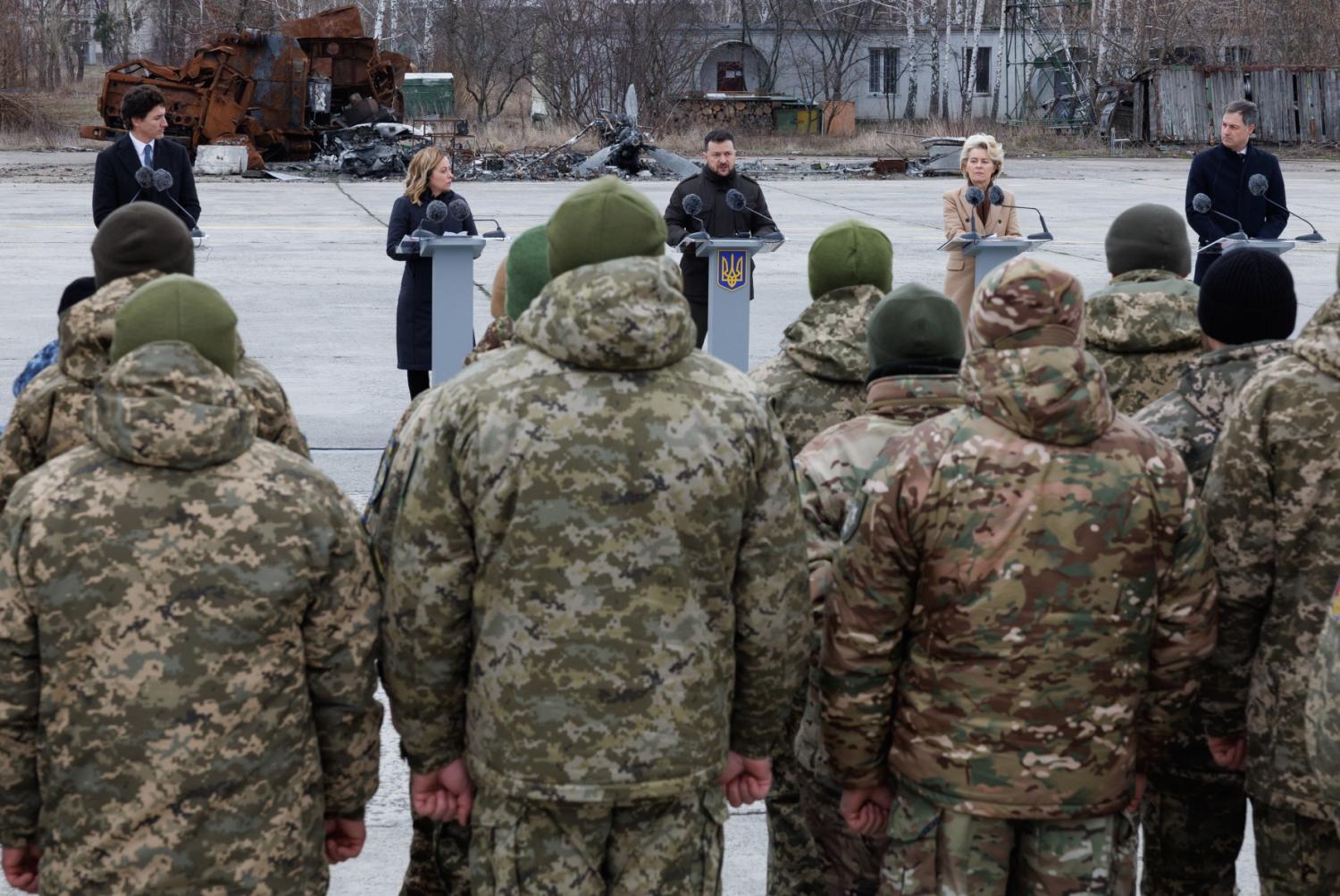
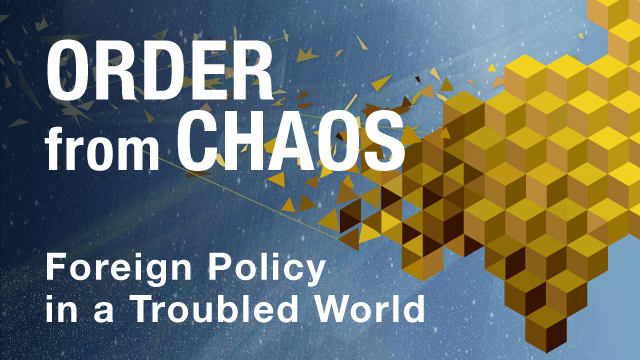

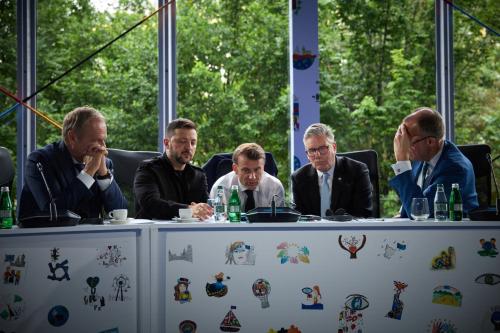
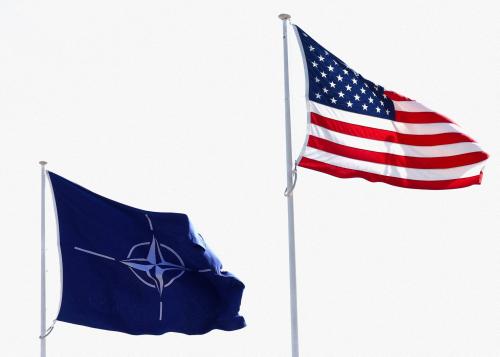
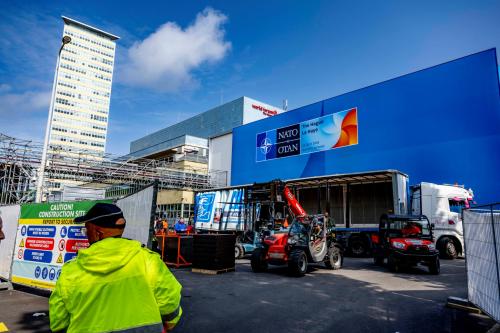
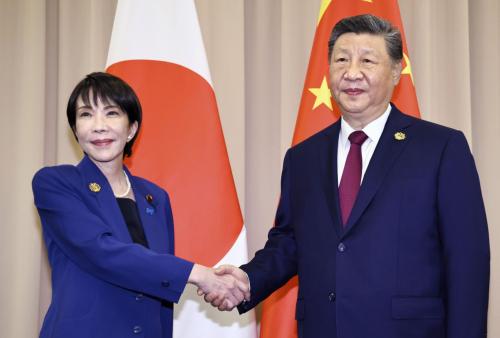
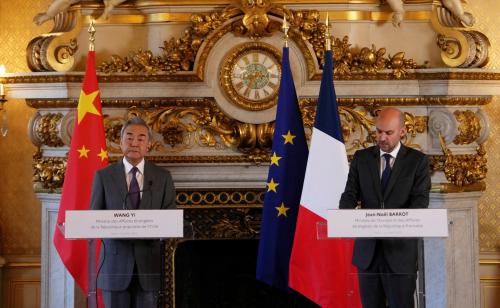
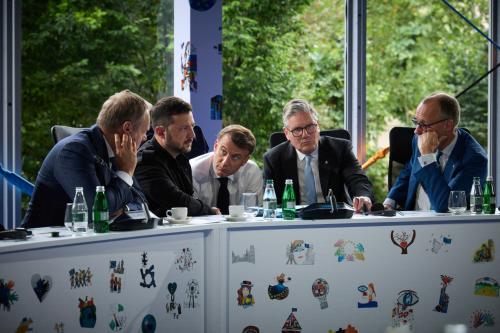
Commentary
Beyond the NATO summit, key questions remain for European security
Some in Europe still seem to be expecting some kind of American reversal, but the Trump administration has made its intentions clear.
June 26, 2025